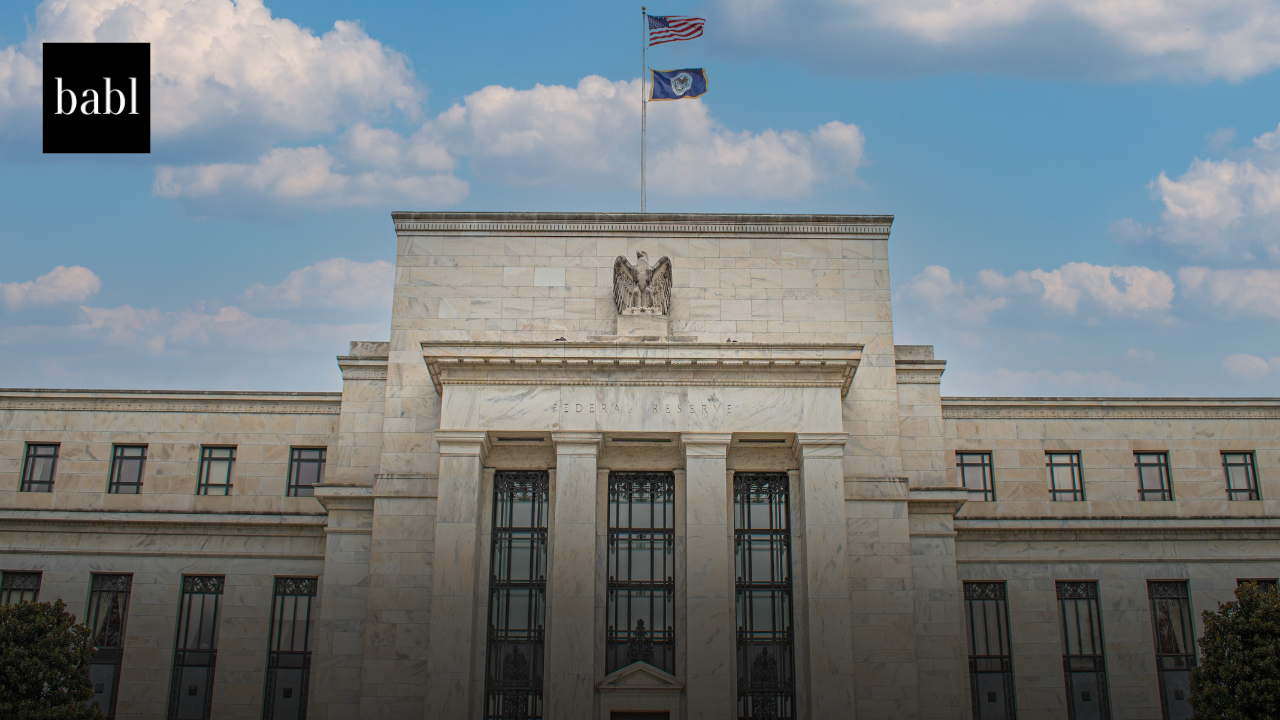In a landmark speech at the Reykjavík Economic Conference in May, Federal Reserve Vice Chair for Supervision Michael S. Barr offered a scenario-based forecast on how artificial intelligence—especially generative AI—could reshape the global labor market and challenge traditional monetary policy assumptions.
Speaking before central bankers and economists, Barr outlined two diverging futures for the workforce: one marked by gradual AI integration, the other by sweeping economic transformation. Both, he said, demand close attention from policymakers.
In the first scenario, AI adoption unfolds incrementally. Technologies like large language models would automate select tasks—such as drafting legal documents or writing computer code—while enhancing productivity across industries. Workers could shift toward more creative or interpersonal roles, and businesses would likely retrain rather than replace employees.
“Jobs remain plentiful, real wages are buoyed by productivity gains, and labor force participation could even rise,” Barr said, noting that slow-moving change would give workers time to adapt.
The second scenario, however, envisions a more disruptive transition. AI and robotics could replace entire occupations, from customer service to transportation and diagnostics. In this future, human labor plays a reduced role in the economy, and policymakers must grapple with widespread job displacement, loss of income, and social disconnection.
“Transformative AI could imply a much smaller role for human labor—a development that would entail sweeping social changes and profound challenges for government,” Barr warned.
Barr said the Federal Reserve must prepare for either outcome. AI could affect core policy variables, such as the natural unemployment rate (u\*) and the neutral interest rate (r\*). If productivity gains surge, r\* could rise, requiring higher real interest rates to keep inflation in check. But if AI adoption causes persistent unemployment, u\* could also shift upward—making it harder to gauge the economy’s health in real time.
He urged policymakers to track AI adoption rates, monitor evolving technological capabilities, and study employment trends across industries. “The speed and extent of \[AI’s] transformation are not yet clear,” Barr said. “But its implications for labor, inequality, and central banking could be profound.”
His remarks signal growing concern at the Fed that AI may upend not only jobs, but the core assumptions that guide U.S. economic policy.
Need Help?
If you’re concerned or have questions about how the Fed views AI or how to navigate the global AI regulatory landscape, don’t hesitate to reach out to BABL AI. Their Audit Experts can offer valuable insight and ensure you’re informed and compliant.





